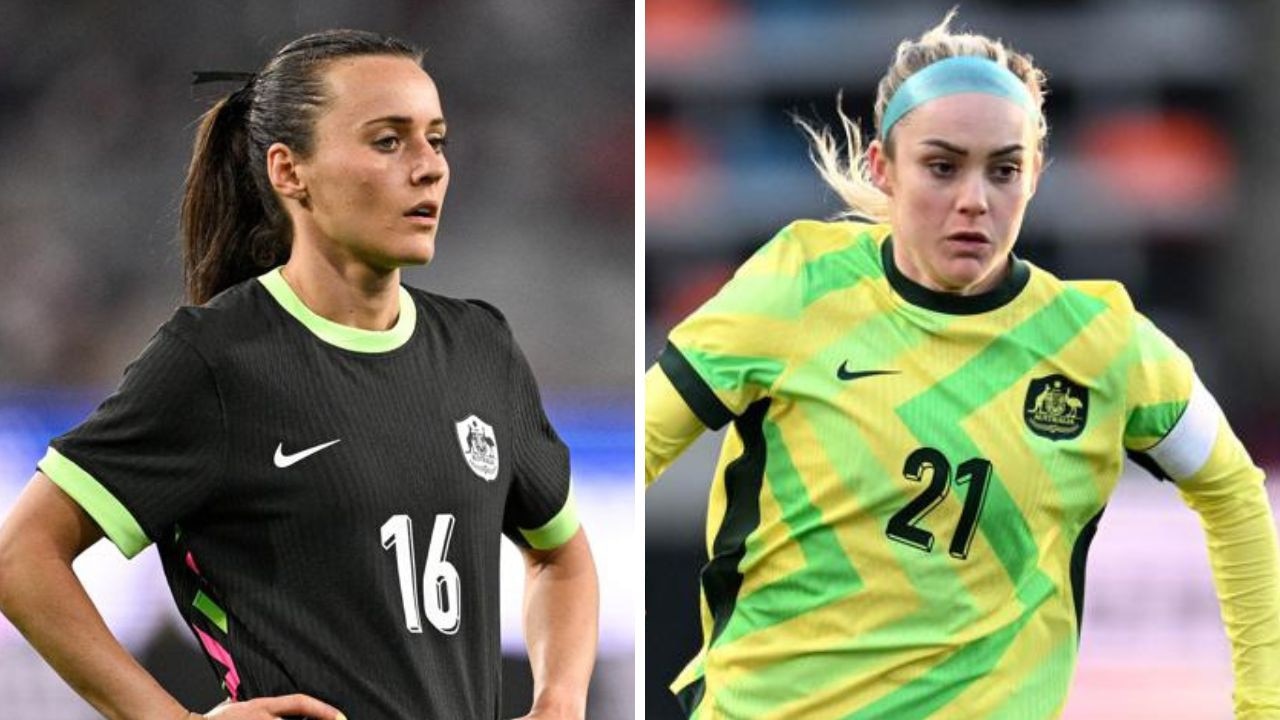Asian Cup 2015: How Japanese football developed under the guidance of a journeyman American
JAPAN’S rise as a footballing power mirrors Australia’s own development — and one journeyman American player was in the middle of it all.

FOR decades the national team constantly failed to appear at World Cups, while at home the semi-professional league folded and was replaced by a shiny new professional competition. It probably sounds familiar.
This isn’t Australia, though, but Japan, and a football culture that hadn’t qualified for a World Cup before 1998.
SOCCEROOS V CHINA: THE FIVE KEY FACTORS
CHINA WILL BE TOUGH BUT WE ARE READY: CAHILL
FAN BASE HELPS PUT TOURNAMENT IN THE BLACK
‘EXTRA TIME, PENALTIES, WE’RE SET FOR ANYTHING’

Since then they have been to every World Cup; won three of the past four Asian Cups; and go into Friday’s quarter-final against the UAE as favourites to add another title.
But just as impressive is the technique, the skill, the ease with which Japanese teams play football, and the strength of teams across the J-League.
A revolution happened little more than two decades ago, and standing among it all was a journeyman American player who came briefly to play in the late 80s and never left.
Tom Byer is a passionate advocate of the way a football ecosystem was hothoused in Japan. In the early 1990s he began grassroots coaching, and happened to teach the son of the president of Nestle.
Now known as Tomsan, as a mark of respect, he persuaded Nestle to sponsor the expansion of his clinics. A TV slot followed, and magazine columns. Among the hundreds of thousands of players to have been to one of his clinics was apparently Shinji Kagawa. Keisuke Honda watched his TV slot.
It’s this kind of grassroots work that gets much of the credit for the size of the talent pool Japan can call upon 20 years later.
“When I first arrived the best players in the national team were just as good as they are today,” Byer said.

“There were just far fewer of them. The key was to close the gap between the best players and the worst, because that brings everybody to a higher level.
“Coaching in Australia is better than in Japan, and yet the average player in Japan has better technique. We were able to influence a whole generation into the belief that technical development doesn’t just make you a better player, it means you enjoy the game more. And that’s the only way to change and improve the culture.”
Byer’s method is devilishly simple.
“Football is a highly technical sport, and it takes a ridiculous amount of time to be good at it. But in places with a football culture, kids spend that time anyway playing for fun. So how do you get them to practice and improve that much?”
The answer he believes is by disguising learning and practice as fun.
“We were lucky to get a slot on a hugely popular Saturday TV programme, for the past 13 years. We also convinced Soccer Digest magazine to give us a two-page spread every month for the past 20 years.”
Like an evangelist he used every medium possible, including the hugely popular manga comics.

Now millions of Chinese children are about to come under his spell, because a year-long project with the Chinese government is ramping up, as he helps with the introduction of football into the national curriculum. But whether it’s in Japan, China or Australia, Byer doesn’t want parents in the park whacking balls back and forth with their kids.
He wants the kids — from age three up — inside the house, with a small, soft ball in every room, feeling it, playing with it, controlling it.
“Now we see how good Japanese kids are from an early age, because they’re learning to master the ball — and have more fun — from age three or four or five.”
Originally published as Asian Cup 2015: How Japanese football developed under the guidance of a journeyman American



